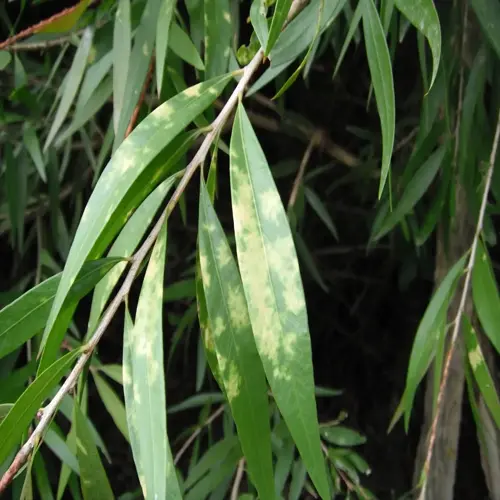What are common zucchini pests and solutions?

Written by
Olivia Mitchell
Reviewed by
Prof. Samuel Fitzgerald, Ph.D.Zucchini plants are constantly under siege by pests, so organic management techniques require constant vigilance. Pests such as squash vine borers, cucumber beetles, and powdery mildews are among the worst problems. I lost half my crop to borers before I adopted some integrated pest management methods. Early identification and action are key to preventing minor issues from escalating into crop disasters.
Cultural Controls
- Rotate crops annually
- Remove plant debris after harvest
- Choose disease-resistant varieties
Physical Barriers
- Install floating row covers
- Use copper tape around bases
- Apply kaolin clay sprays
Biological Solutions
- Release ladybugs for aphids
- Plant trap crops like radishes
- Encourage predatory wasps
Watch plants every morning while insects are active to learn their habits. Look on the undersides of the leaves for eggs and on the stems for the holes where borers enter. I always carry a magnifying glass and a notebook on my apron so that I can identify the insects accurately. Quick action on detection prevents any great increase in their population.
Fight powdery mildew with good environmental control. Space 3 feet apart to ensure good air circulation, and water only from the ground. Sunlight in the morning dries the foliage quickly, preventing mildew from forming. I modified my watering and spacing of plants, and my Cases of mildew were reduced by 80%.
Use companion planting for natural pest deterrence. Nasturtiums repel squash bugs, and borage attracts predatory insects. I plant these companions in alternating rows and make a living pest barrier. This reduces my sprays by 60% while increasing my pollination.
Read the full article: When to Plant Zucchini for a Bountiful Harvest

